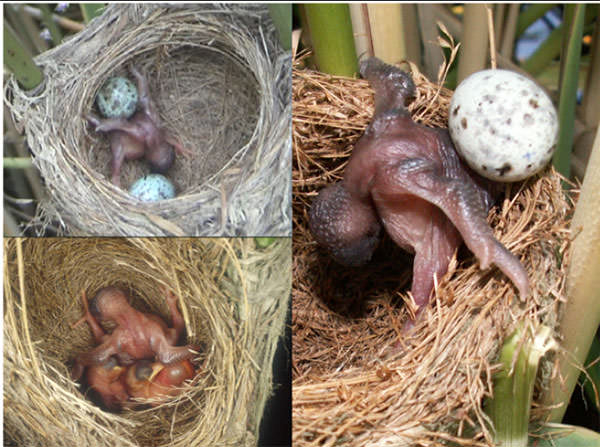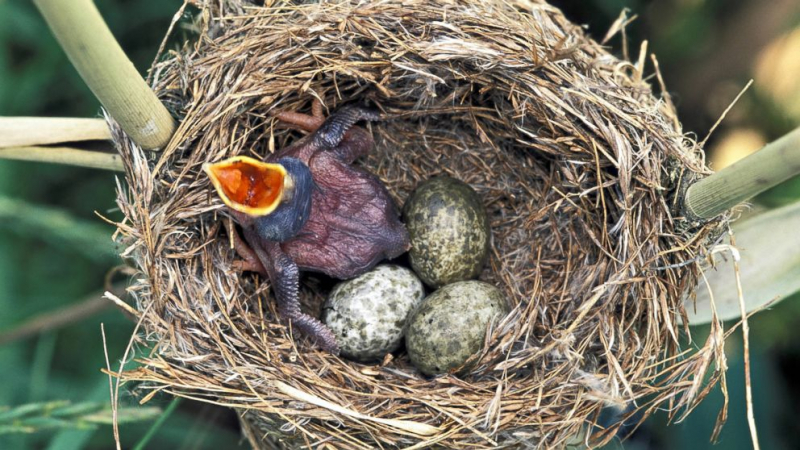In addition to medicine, he had an aptitude for zoology and clinical surgery as well
Jenner returned to country practice in Berkeley in 1773 after spending the previous two years in London studying, where he found great success. He was popular, competent, and capable. He joined two medical organizations in addition to being a physician to advance medical knowledge and occasionally publish medical papers. As a naturalist, I made a lot of observations, especially on bird migration and the cuckoo's breeding behaviors.
Jenner is renowned for penning a study that clarified a particular misconception about the actions of the cuckoo bird. One egg from a cuckoo is laid in the nest of another species of bird. Only the juvenile cuckoo lives as all the eggs and young of the other bird vanish. The foster parents raise it after that unaware that it is not their child. The host's eggs and fledglings are pushed out of the nest by the adult cuckoo, according to popular belief. In a publication, Edward Jenner asserted that the newly hatched cuckoo had wiped out its rivals. A depression on the cuckoo fledgling's back allowed it to cup eggs and other fledglings and push them out, according to Jenner. In 12 days, the depressive episode ends. This wasn't verified until the invention of photography in the 20th century. Jenner was chosen as a Fellow of the Royal Society as a result of these discoveries.










